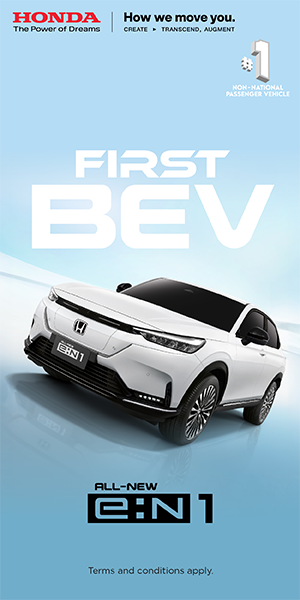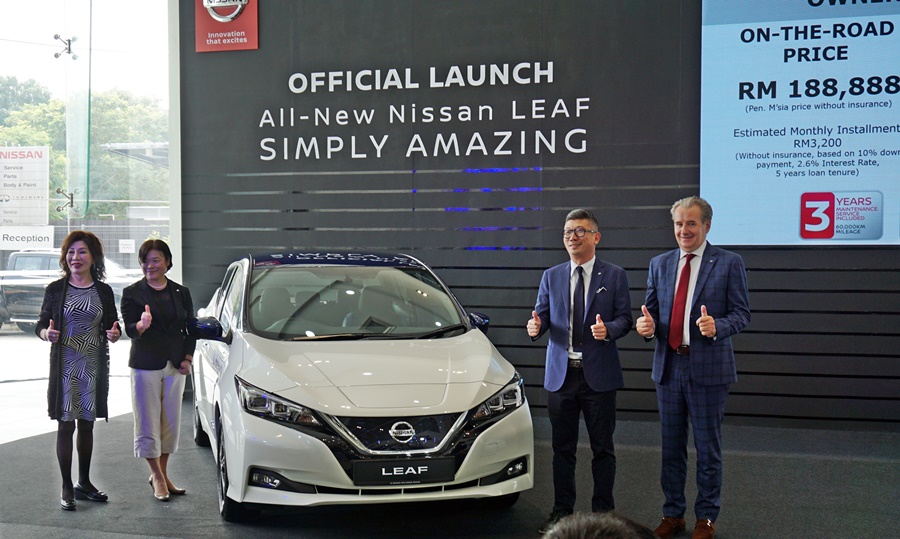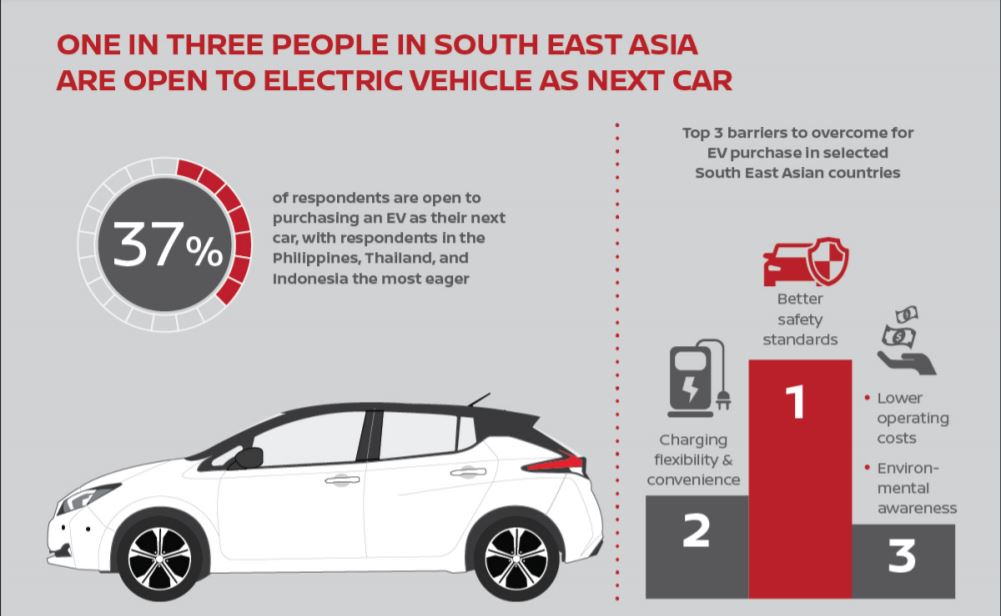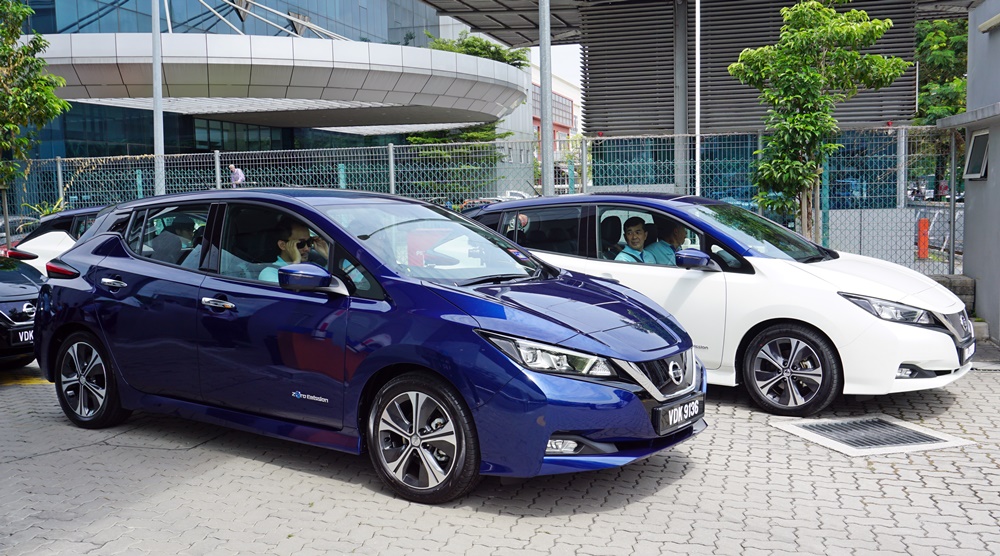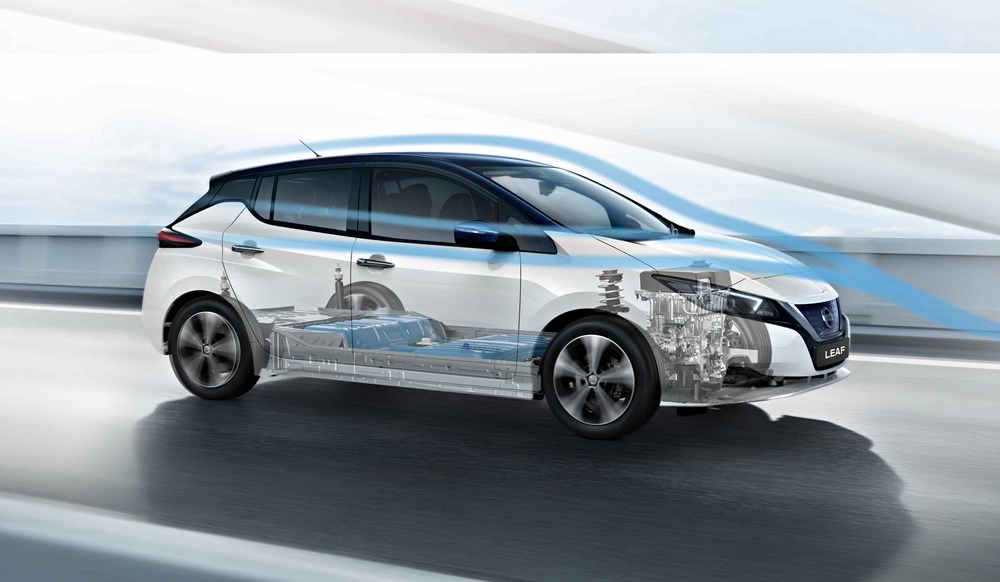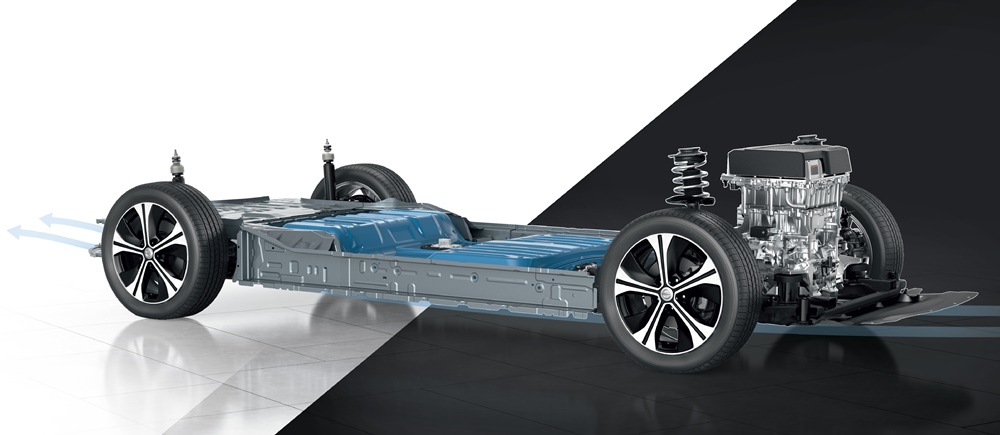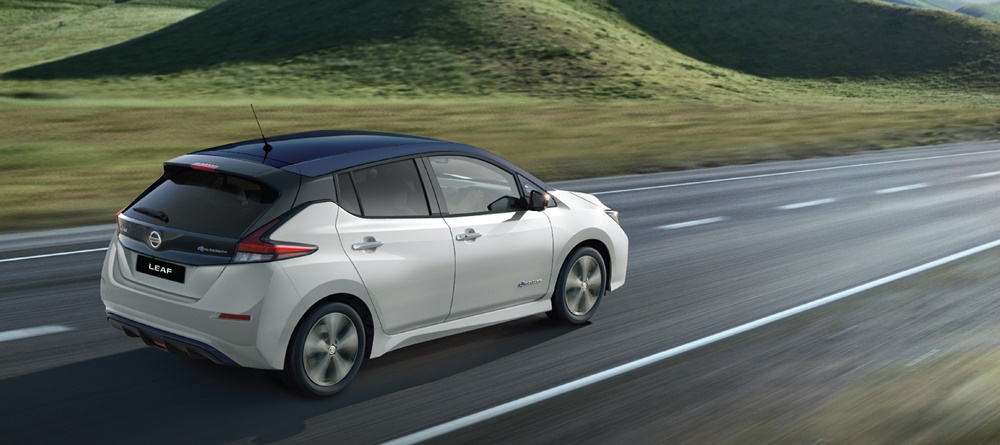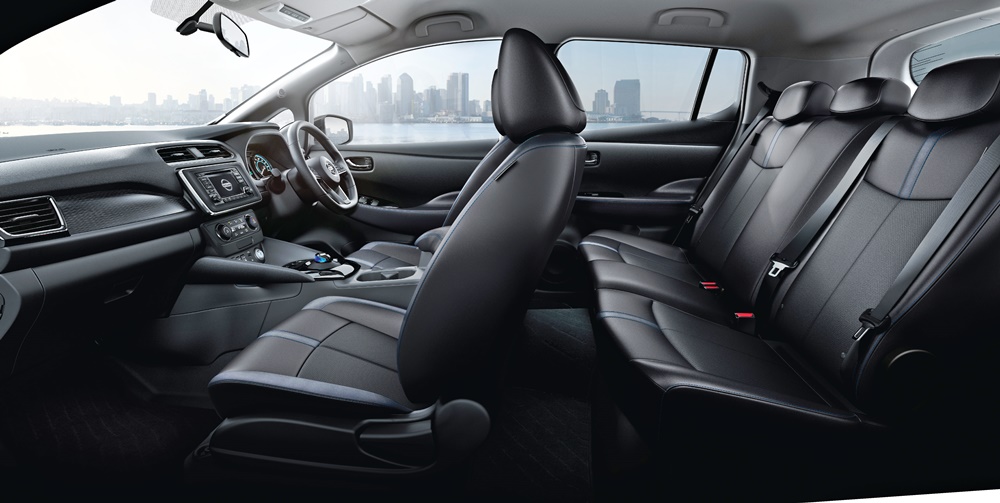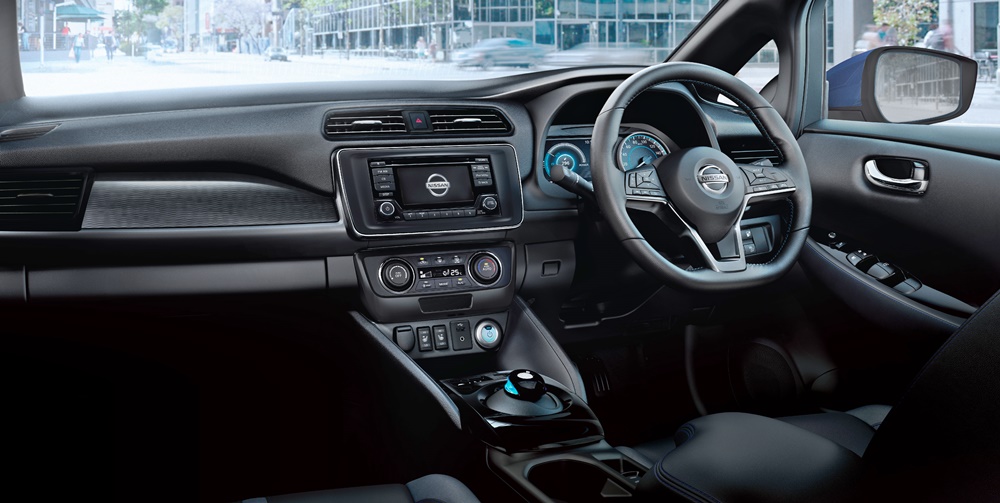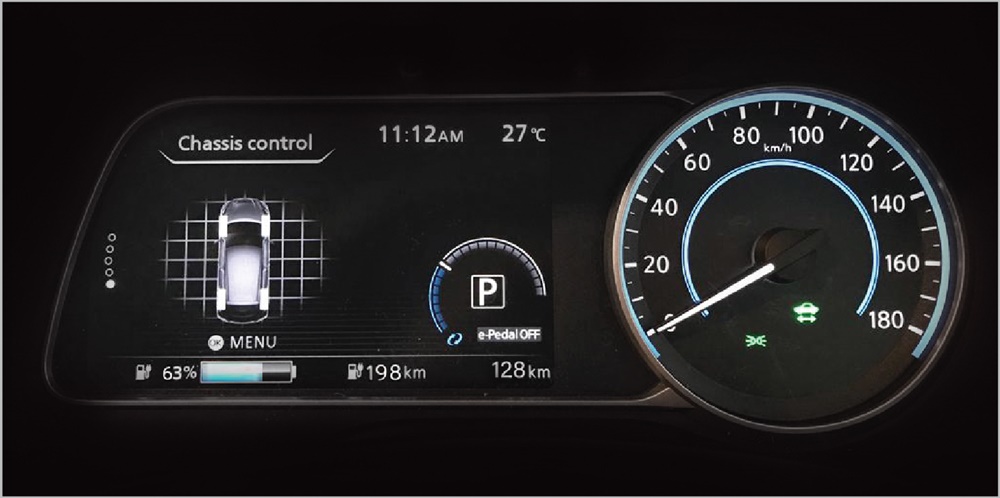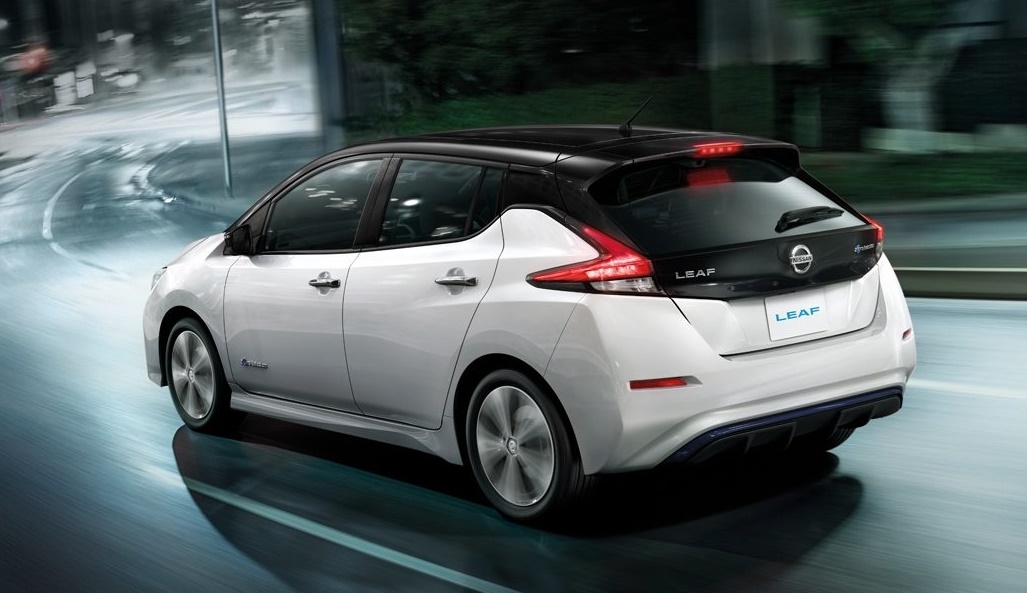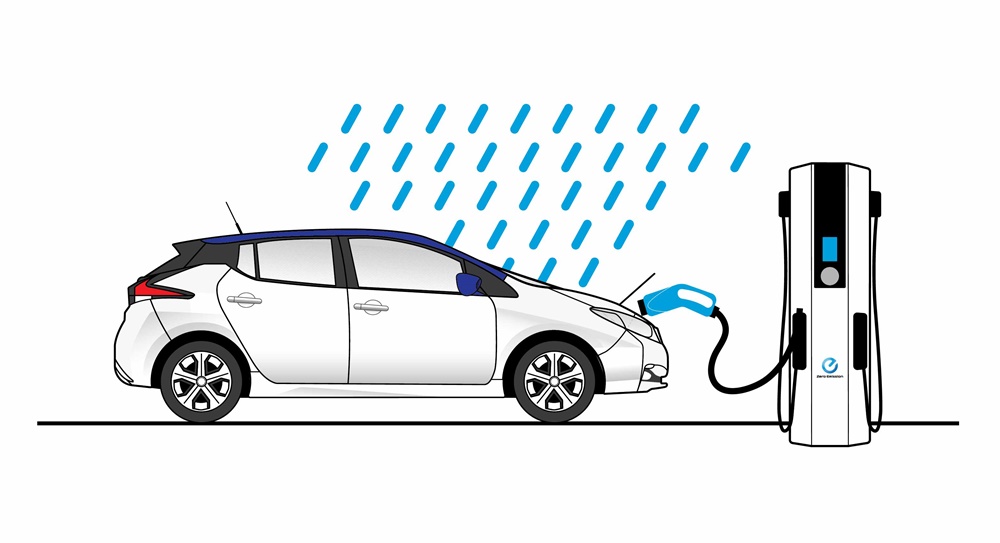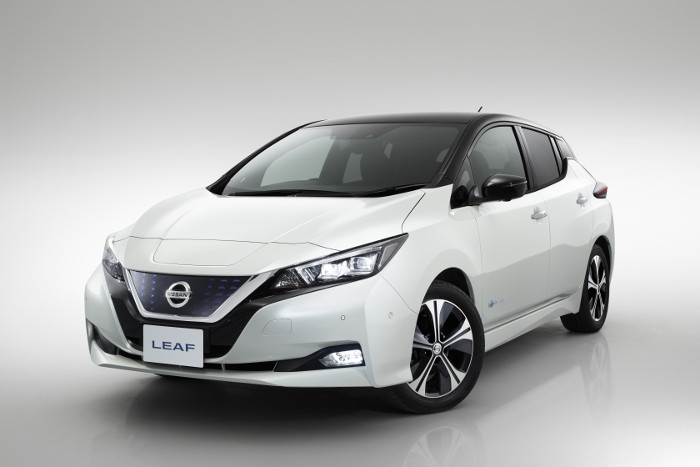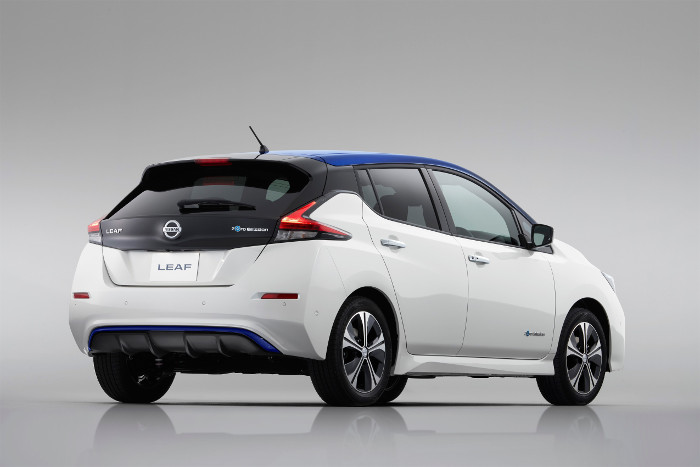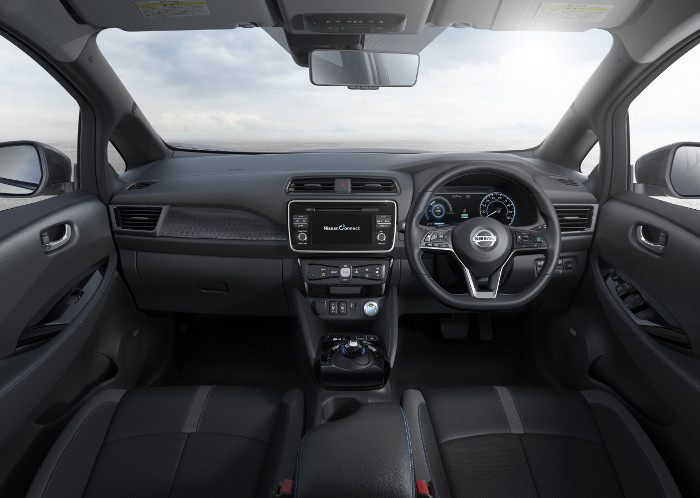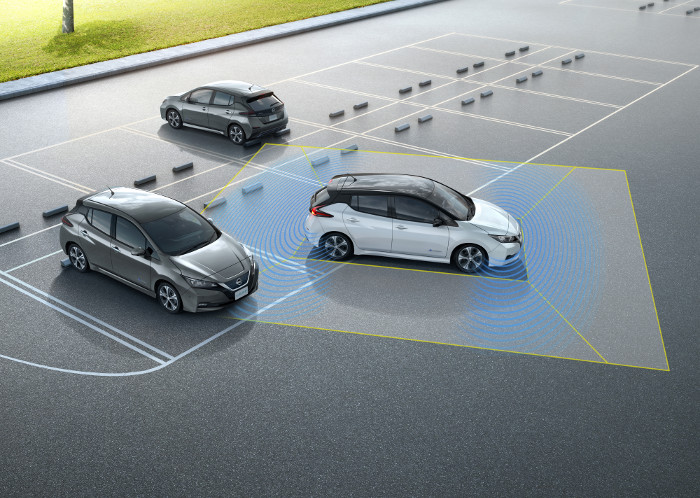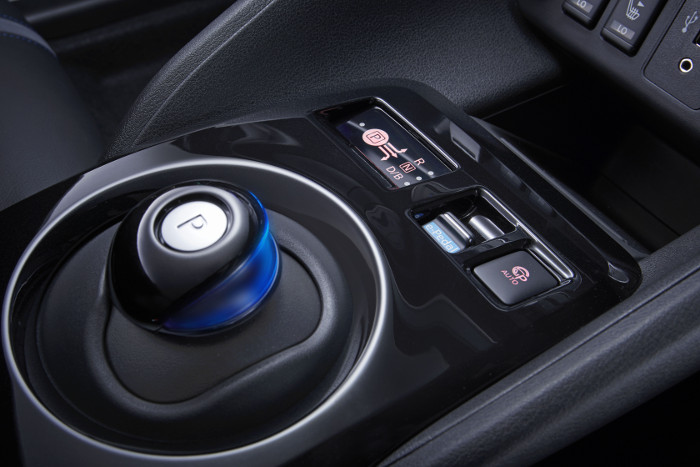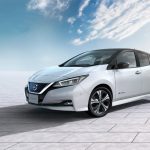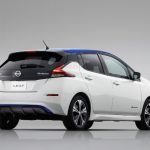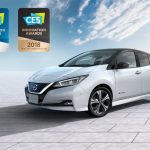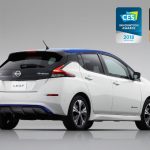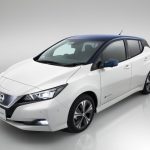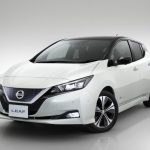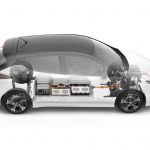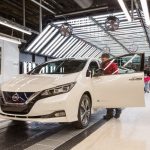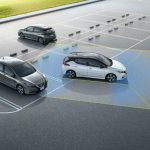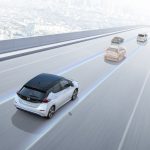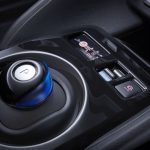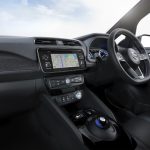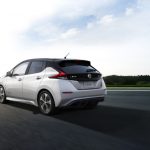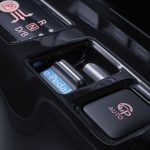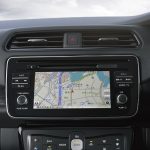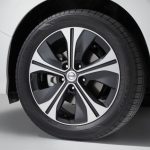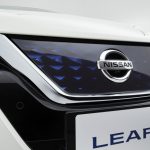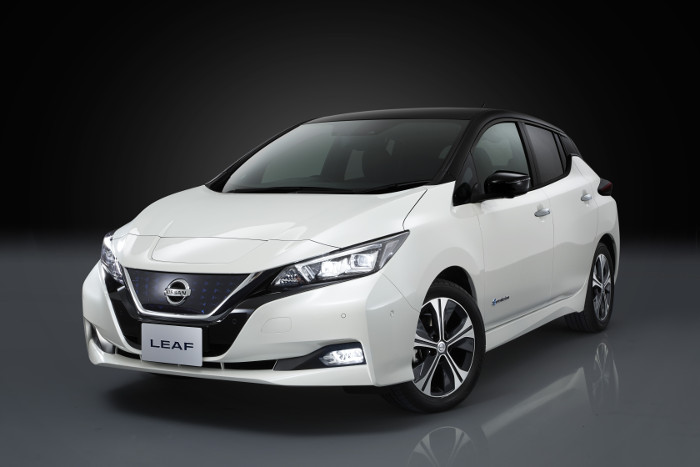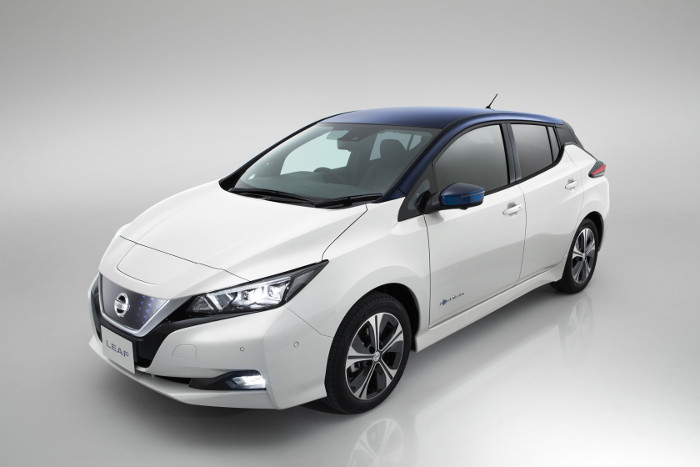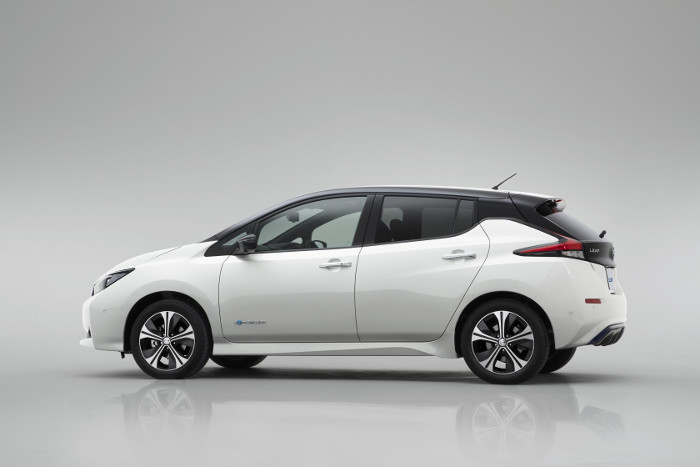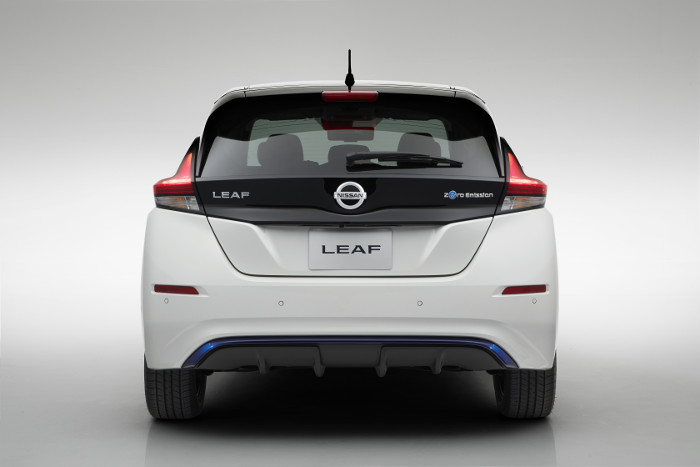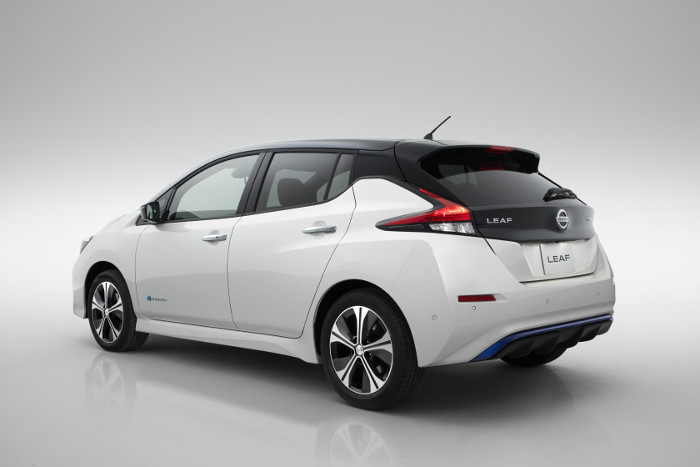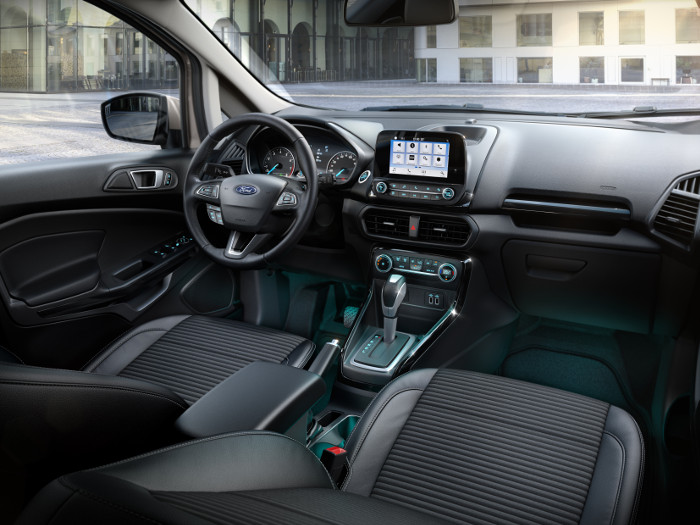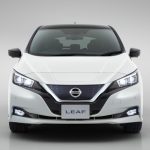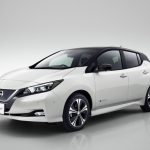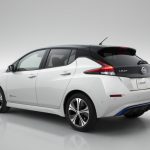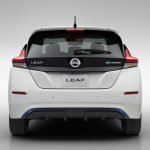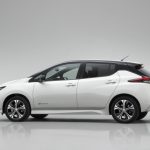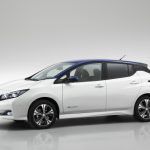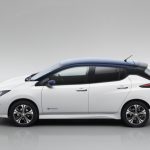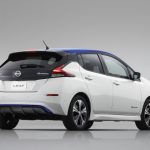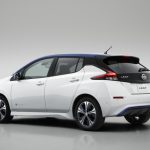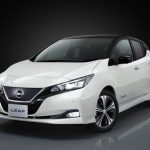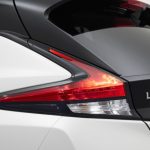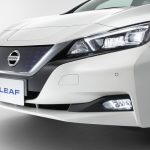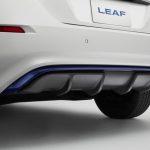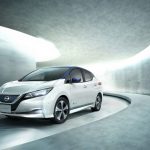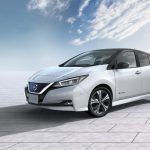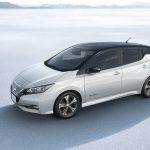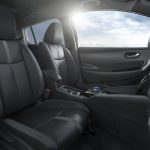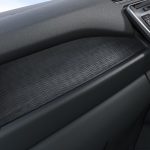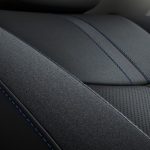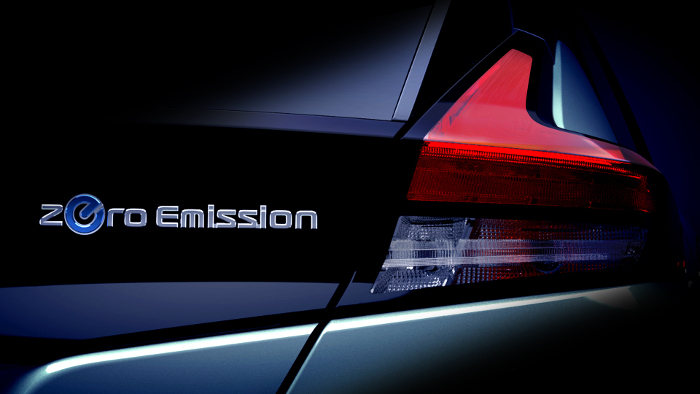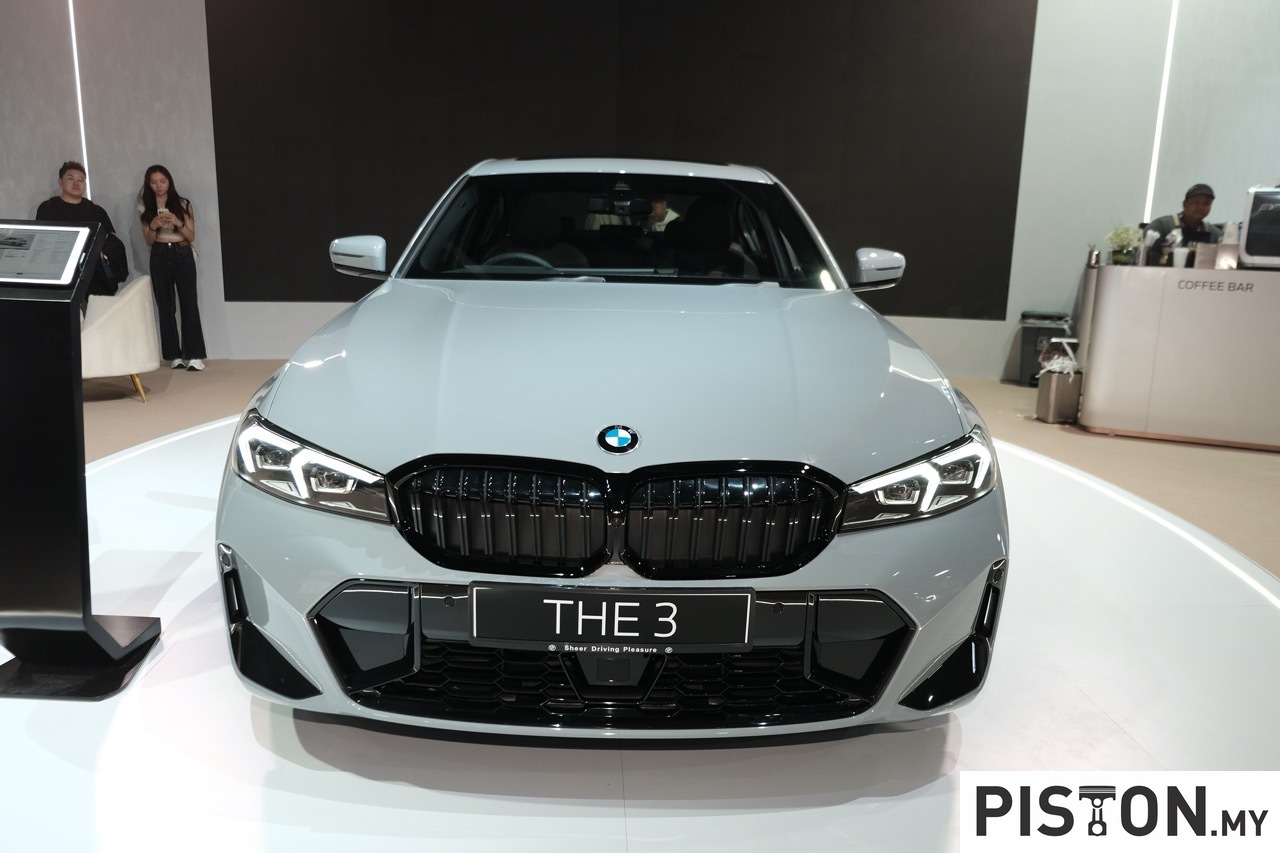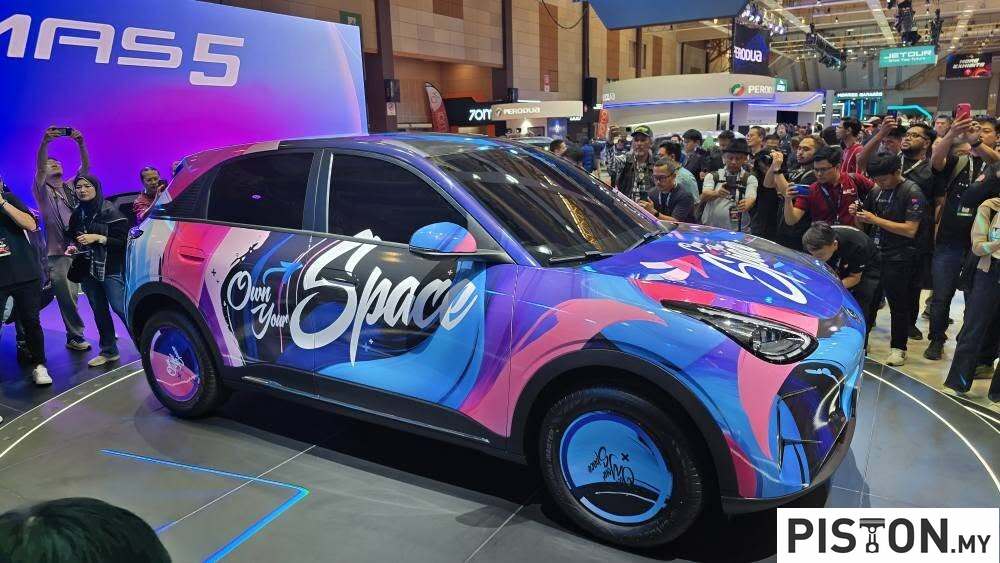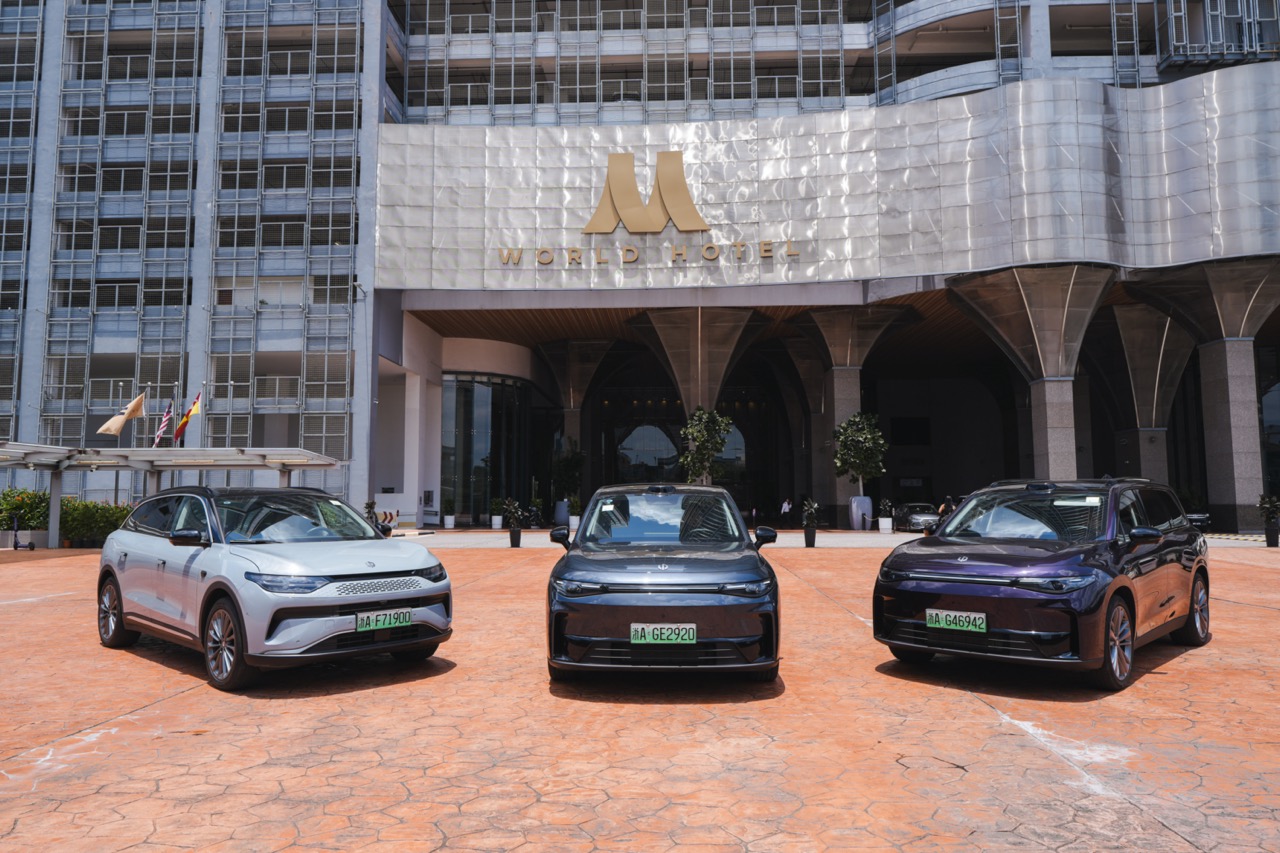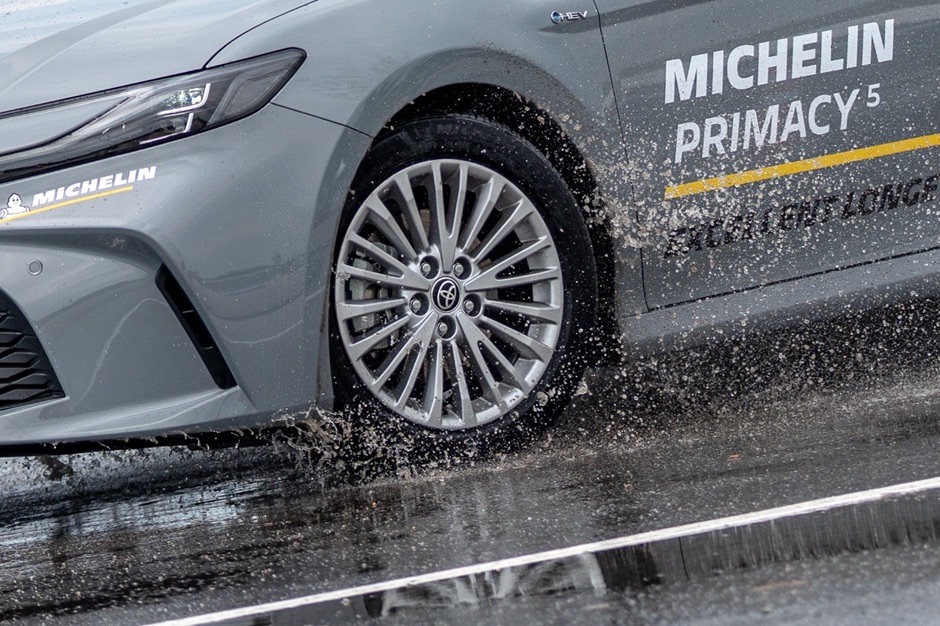7 years ago, Edaran Tan Chong Motor (ETCM) began ‘Journey to Zero Emissions’, a campaign to educate the Malaysian public about electric vehicles (EVs) and their benefits. Two years earlier, Nissan had launched the LEAF all-electric car and although it had no plans to offer the innovative new model in this market, ETCM felt that EVs would eventually become mainstream cars. Being associated with these vehicles of the future early could be advantageous later on.
The Japanese carmaker was focussed on more advanced markets like Japan, the USA and Europe where the LEAF was be very well received. Although Nissan did not want to get involved in the campaign, ETCM went ahead using its own money to fund it, a commendable effort.
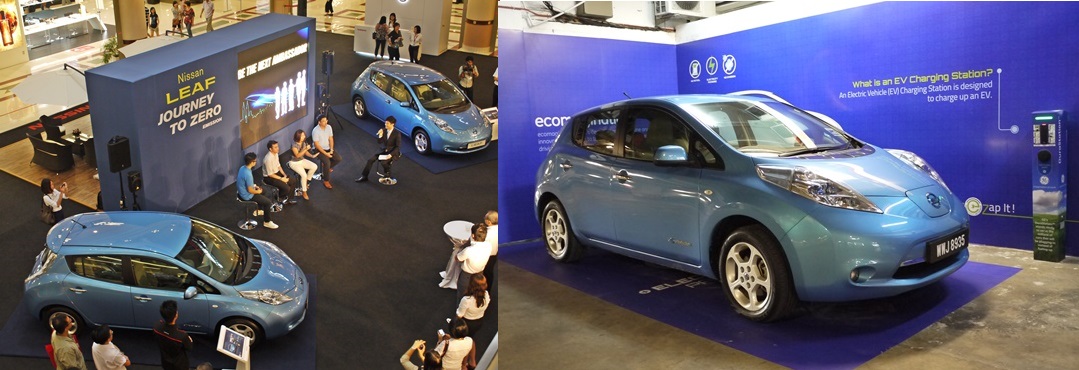
The timing was right too because around that period, the Malaysian government decided to promote the use of environment-friendly vehicles. As a demonstration of its commitment to reduce the country’s carbon footprint, hybrids and EVs were exempted from import tax and excise duties for 3 years, lowering their prices to attractive levels. This helped ETCM, of course, and benefitted the ‘early adopters’ who were invited to be ‘ambassadors’ for the ‘Journey to Zero Emissions’ campaign.
The re-imposition of the typically high duties on completely built-up (CBU) vehicles bumped the price of the LEAF up by about RM20,000. Sales virtually ended although there were still some people who bought the car at around RM180,000.
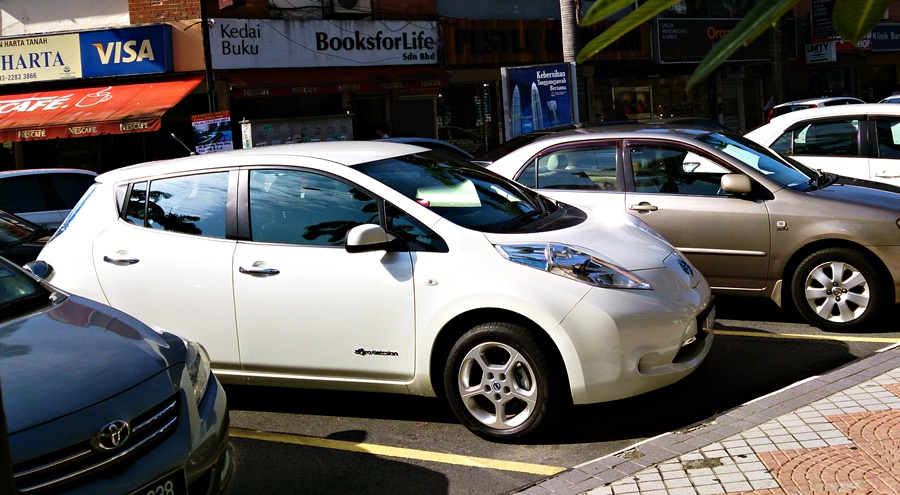
Collecting real-world data on operation
While the period that followed didn’t see more activity from ETCM concerning EVs, the company nevertheless monitored the cars in use. Valuable information on real-world operation was collected, especially the reliability of the components in our weather and motoring conditions. Nissan would have benefitted from this data and used it during the development of the next generation. Issues like high humidity and heavy rainfall would have had the engineers making sure that high-voltage connections and equipment would be sealed properly to prevent electrocution.
Nissan was indeed looking at countries in the Asia & Oceania region to introduce the LEAF, having ‘conquered” the development ones to become the bestselling EV in the world. Findings of a survey in 2017 were encouraging as 37% of respondents were willing to consider an EV as their next car.
So the journey that began as the initiative of one of its longest business partners now resumes with Nissan directly involved and presumably, supporting ETCM (as well as other distributors in the region) in various ways to market and grow sales. While the government won’t fully exempt EVs from duties, it is providing an incentive in the form of lower excise duties of 10% for such vehicles. This has enabled ETCM to price the new second generation LEAF at RM188,888 (excluding insurance).
Greatly improved second generation
In the 9 years since the first generation was on sale, the LEAF and all the technologies related to it have advanced greatly so the second generation is a far better car in all aspects. With more than 400,000 units sold worldwide, Nissan and its suppliers have gained the economies of scale to bring production costs down although the technology is still expensive. Nevertheless, it’s a trade-off: the costs can now be moderated but performance is increased. For instance, battery costs have gone down but the energy storage levels are higher, enabling the LEAF to go further.
The car also embodies Nissan Intelligent Mobility, the company’s approach to changing the way cars are driven, powered and integrated into society. The three key aspects of Nissan Intelligent Mobility exemplified by the new Nissan LEAF are Nissan Intelligent Driving, Nissan Intelligent Power and Nissan Intelligent Integration.
The new powertrain offers improved energy efficiency and now produces 110 kW (about 150 ps), 38% more than before. Torque has been increased 26% to 320 Nm, resulting in improved acceleration that puts the 0 to 100 km/h time at a claimed 7.9 seconds. Typical of electric powertrains, maximum torque is available the moment the car takes off so it is quite an experience! There is another variant with higher power output and longer range but this is not available for the region yet.
More powerful battery pack, longer range
The key issues for EV buyers are range and charging time and the latest LEAF has a new 40 kWh lithium-ion battery pack which is said to give a range of 311 kms on a full charge (according to an internationally recognised test procedure). Over 300 kms is plenty for most people unless they travel outstation daily. Incidentally, ETCM has calculated the cost of running at 7 sen per kilometre if you have to pay for the electricity drawn.
As for charging, each new LEAF comes with a 6.6 kW wall box charger that can be installed at home or at the office. This recharges the battery pack fully in around 7 hours, so plugging in overnight – just as you would do with your mobilephone – would be a daily routine. However, installing the wall box may not be easy for everyone, especially those who live in a condominium complex. They will have to get the agreement of the complex management.
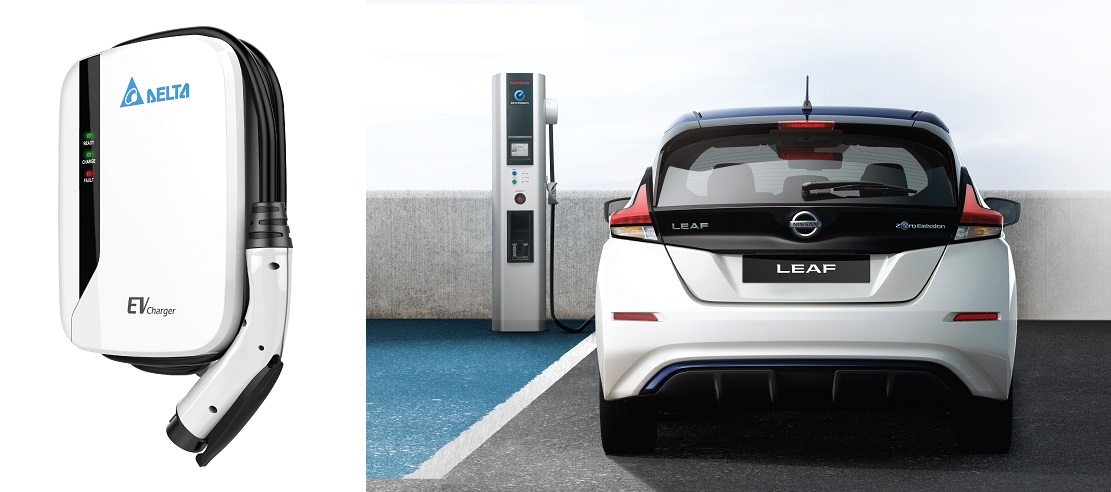
As for public charging stations which are common in developed countries and very slowly appearing in Malaysia, there is also the 50 kW CHAdeMO quick-charger which can recharge 100% within an hour. However, this is an expensive unit (about RM80,000 compared to RM8,000 for the wall box) and is only available at certain locations at this initial stage. ETCM is working with various parties to grow the network quickly and in the meantime, also has recharging stations at 17 of its outlets around the country.
With the earlier EVs (not that there were many available), the distance that could be travelled was limited so outstation motoring was out of the question. Going from KL to Melaka for a day trip was not possible as the range was insufficient. With the new LEAF’s 300+ km range, that is now possible as Melaka is about 150 kms away. Nevertheless, having a range of 150 kms remaining is risky so ETCM suggests recharging along the way and there is already a station at the Ayer Keroh R&R to do so. It’s even possible to drive from the Klang Valley to Penang although it would entail an overnight stop in Ipoh to recharge at the ETCM outlet (free of charge).
The point is that ‘range anxiety’ – worrying about how far you can go – is becoming less of a concern for EV owners, particularly those who have a LEAF. In Japan, route navigation systems have the locations of all recharging stations throughout the country so long-distance travellers can plan their journeys to have ample reserve energy in the battery packs and not worry about ‘going dry’.
Inside the LEAF
The dashboard of the first generation was somewhat futuristic, perhaps an attempt to ‘wow’ people as it was a new type of car. Now that the LEAF has become accepted and established, Nissan’s interior designers seem to have reverted to a more familiar appearance although there is much use of a graphic display as the main and comprehensive source of information for the driver.
Those who are driving the LEAF for the first time will need to get used to mode selection with the short knob. It’s almost like driving an automatic except there are less positions to engage and another thing – electric cars don’t make a sound when they are ready to go. You press the button and a light comes on and that’s it. No cranking of a starter motor or the vibrations of an idling engine.
The latest LEAF also comes with an e-Pedal, a Nissan innovation which is standard. It allows the driver to accelerate, decelerate and stop the car by using just the accelerator pedal alone. By simply releasing the accelerator, the LEAF will come to a smooth and complete stop without the need to press the brake pedal. With a deceleration rate of up to 0.2g, the e-Pedal eliminates the need for drivers to constantly move their foot from the accelerator to the brake pedal to slow down or stop. This helps reduce fatigue and increase enjoyment.
Stylish and futuristic exterior
As mentioned earlier, the interior has returned to a more familiar appearance as other Nissan models. But on the outside, the new design is certainly stylish and futuristic, with the option of having the 2-tone theme (black ‘floating’ roof) that was first seen in the current Serena S-HYBRID.
The design of the new LEAF is inspired by the IDS Concept car shown at the 2015 Tokyo Motor Show. The elements of Nissan brand design such as the signature V-Motion grille, the boomerang light signature and the floating roof link this model to the Nissan family.
A clear-blue 3D mesh pattern with a ‘freezing’ motif, on a flush surface inside the V-Motion grille, expresses the LEAF’s uniqueness as an EV (no need for air to cool the engine). The underfloor and a diffuser-type rear bumper combine to reduce drag and prevent lift, resulting in improved vehicle stability. With the more aerodynamic body styling and other details promote smoother airflow, the Cd is now 0.28.
Starting a new era for ETCM
When the founders of Tan Chong brought in the first Nissan cars (then branded as Datsuns), they didn’t know if they could sell them all. So they thought if they couldn’t they would just use the unsold cars themselves. For Christopher Tan, ETCM’s Sales & Marketing Director and grandson of one of the founders, that uncertainty in selling a type of car his grandfather never sold is less evident. In fact, he is encouraged by the pre-launch response and said that he has to start thinking about applying for more APs to get additional stocks.
“Our first batch is 100 units and we have already had interest from many people, especially those who have owned the LEAF before. They love the ‘EV life’ and don’t want any other type of car so now that they can replace it with the next generation, they are keen to do so,” he told PISTON.MY.
Mr. Tan added that they are not looking at big volumes in the short-term. Many who buy the LEAF will be those who use it as a second car but through them, the advantages of the EV can be publicised and in time, more people may be interested to own one.

Two options for customers
ETCM offers two options to those who want to have a LEAF. The first is to purchase it outright for RM188,888 and it comes with 3 years (or maximum of 60,000 kms) of free scheduled maintenance, 3 years (or maximum of 100,000 kms) factory warranty and 8 years (or maximum of 160,000 kms) of warranty coverage on the battery pack.
The second option is a leasing approach: pay RM3,500 a month for 3 years to use the car and in the fourth year, you can return it and get a new one and continue the program. You can also renew the deal and will likely get a lower monthly rate. “I think that this may interest corporate buyers who can have a new car every 3 years,” said Mr. Tan.
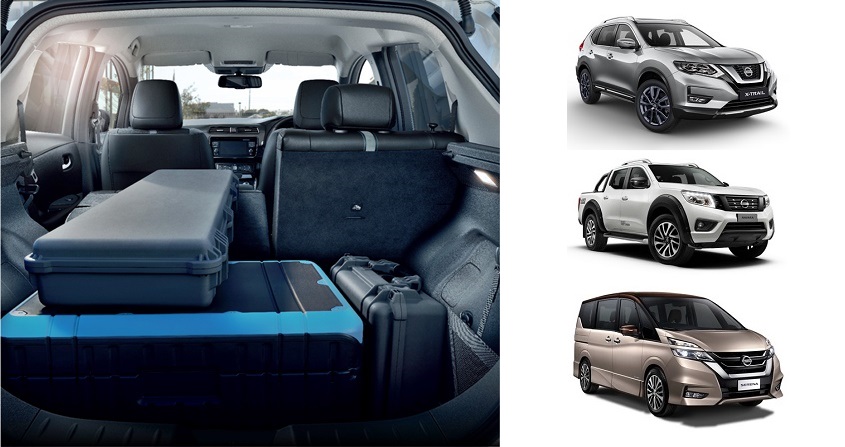
Additionally, for all LEAF owners, ETCM is offering a choice of a Navara, X-Trail or Serena S-HYBRID that can be borrowed for up to 23 days each year. “We think this is a useful privilege we can offer LEAF owners who may sometimes have certain requirements which necessitate using such vehicles. For example, an owner may be moving house and need to carry big and heavy items, so he can make use of our highly capable Navara at no charge,” explained Mr. Tan.
Sep Irran will soon have a report on his first driving impressions to share with you. Visit www.nissan.com.my to find out which showrooms will have the new LEAF on display during the weekend of 27/28 July.



